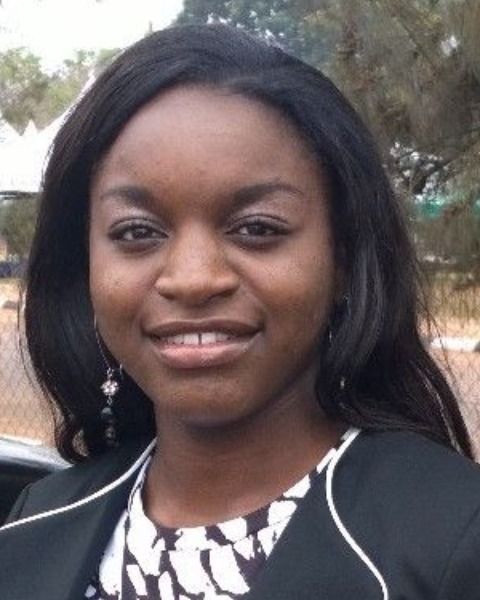Back
Formulation and Delivery – Biomolecular
Session: Rapid Fire: Evolution in Patient-Centric Drug Formulation and Delivery (BM)
Extending the Duration of Action of Antibodies in the Eye
Wednesday, October 19, 2022
3:00 PM – 3:15 PM ET
Location: 204 AB

Nkiruka A. Ibeanu
PhD Research Student
University College London
London, England, United Kingdom
Rapid Fire Speaker(s)
There is a clinical need to increase the duration of action of protein-based therapeutics administered into the back of the eye due to ocular tolerability concerns and therapy burdens on patients associated with the use of these medicines. We hypothesize that it is possible to develop longer lasting intravitreal drugs by synthesizing bispecific Fab1-PEG-Fab2 molecules (FpFs), in which one Fab has affinity for a therapeutic target, e.g. vascular endothelial growth factor and the other Fab has affinity for an endogenous component of the vitreous, e.g. hyaluronic acid. FpFs are synthesized by disulfide bridging and click conjugation employing an inverse electron-demand Diels-Alder reaction. Subsequent purification (ion exchange and size exclusion chromatography), stability and preliminary in vitro binding experiments suggest the potential for FpFs as long-acting ocular injectables. These molecules are expected to maintain therapeutic concentrations of the drug over an extended period and improve patient acceptability and compliance to intravitreal therapy.
Learning Objectives:
- Summarize the importance of long-lasting injectables in reducing the burden of treatment on patients with chronic retinal disease such as age-related macular degeneration
- Describe site-specific conjugation for modifying proteins (antibodies and Fabs) and formulation methods for bispecific long-acting injectable proteins targeting the back of the eye
- Reflect on the importance of in vitro modelling in the preclinical screening of drug molecules and formulations through studies described on the use of an in vitro ocular model


